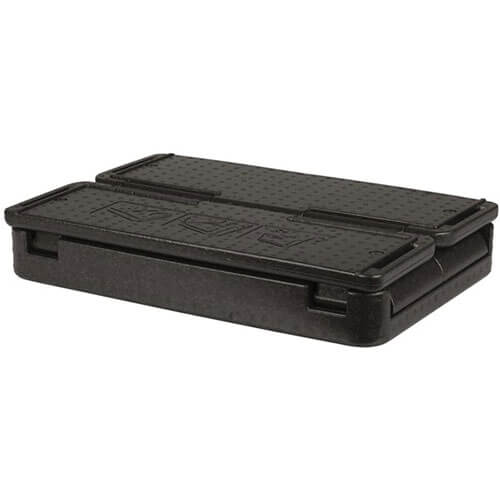Visual elements in filmmaking have a lot to do with the story and characters. These graphic elements such as backgrounds, characters, dialogue, music, and soundtracks give life to the film. Without these visual elements, the film would lose its realism. Therefore, the director must create these visual elements with utmost care so that the film viewers get to see, understand, and
feel the emotions displayed on the screen. Let's take a look at some essential aspects of sound design in films.
Visuals come in various forms like images, photos, illustrations, and drawings. It is essential to combine all these visual elements to convey a particular mood or tone for the film. The two most common forms are the moving image and the still-life. The still-life shows only the location of a specific event, while the moving image portrays the entire scene. If the film is intended to tell a story, then narration may be added. While it is not necessary, it helps heighten the drama of the film.
Backgrounds
Backgrounds are a visually integral part of visual elements in filmmaking. They may seem very simple, but the background is an element that adds depth to a scene. For example, a perfect background creates a peaceful atmosphere or one that makes a dramatic effect. Backgrounds may seem very insignificant, but they play an essential role in the plot of the film.
Mood
The mood is another essential element of visual elements in filmmaking. Attitude depends upon the character and the storyline of the film. For example, in movies, which revolve around a love story, the relationship between the protagonist and their lover is given special attention and the emotional emphasis. Likewise, a dark mood in a thriller may be conveyed by using ominous music or establishing a tense situation where there is a fight after something tragic had happened.
Sound design
The sound design also plays an essential role in the mood of a film. The sound design gives depth and dimension to a scene or a character. It may seem very simple, but the right choice of sound can completely change the mood of a scene. For example, in a war movie, the sound of war drums can make you feel that it is a battlefield. Likewise, in a comedy, a series of cracking and funny noises may seem like the character is having a break.
Narration
Another element that is very important in business communications is narration. The most effective narration comes from a character's experience. Thus it must highlight the pertinent facts of a story. Good narration can bring the viewer closer to the characters and the story.
It can even draw the audience's attention away from mundane facts and toward the emotional core of the story. Good narration is one of the most potent visuals in a film. Thus, the narration must be well done and perfectly integrate with the other visual elements.
What You Need to Know
Film-making and business communications are not all about creating great visuals. A good story and strong characters are equally important ingredients. Both the storyboard and the visuals should serve the purpose of telling a story, which brings the viewer closer to the characters. Visuals should also work to establish a mood or establish a world and feel for the audience.
With digital interactive tools and VFX, filmmakers now have the power to combine music and sound effects with visual elements in films. For example, in a sci-fi film, the use of a nuclear explosion may seem natural, yet it adds a great deal of drama and tension. The director, however, must still find ways to make the audience appreciate the visual as well. Sometimes, it would be a good idea to add more than one element of visual stimulation. For example, while one part adds a sense of danger, the other element adds peace.









